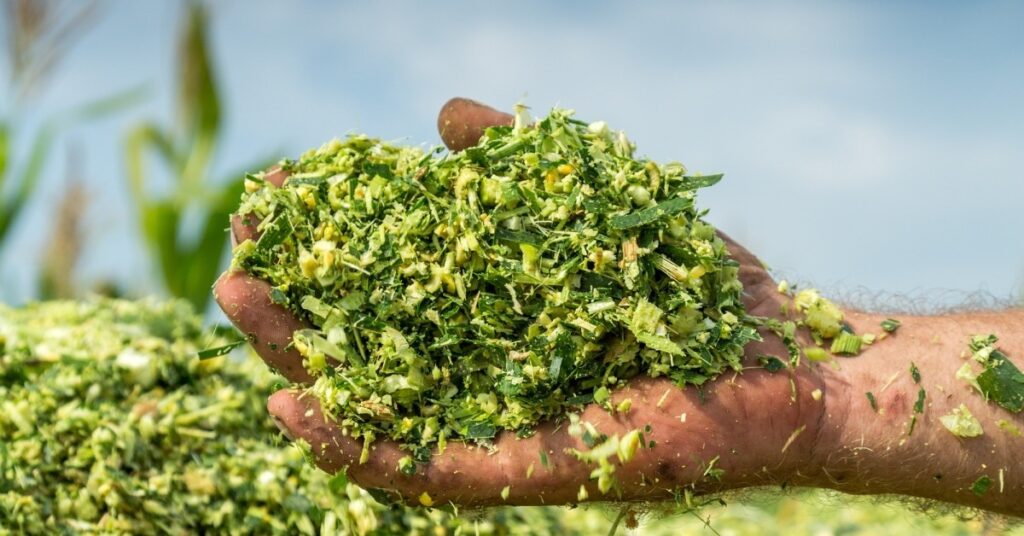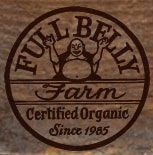
silage.jpg
Silage
Definition:
Silage is a fermented forage feed made from high-moisture crops, such as grasses, legumes, or corn (maize), harvested at optimal growth stages and ensiled under anaerobic conditions to preserve nutritional quality, moisture content, and digestibility for livestock feed. Silage-making involves chopping, packing, and sealing freshly harvested forage into silos, bunkers, pits, bags, or bales to undergo lactic acid fermentation, producing a stable, palatable feedstuff for ruminant animals, including dairy cows, beef cattle, sheep, and goats.
Description:
Silage production is a common practice in livestock farming, especially in areas with seasonal fluctuations in forage availability, haymaking challenges, or limited pasture resources. Silage crops are cultivated as grasslands, pastures, or forage crops, harvested at optimal growth stages, typically when moisture content ranges from 60% to 70%, to maximize sugar content, soluble carbohydrates, and fermentable substrates for microbial fermentation in silage-making processes.
Fall off the barn roof and busted your keister? Life on the farm or ranch can be tough on the bum. Need a break? Laugh it off at FarmerCowboy.com, the #1 farm humor site. With 20,000 daily visitors, we’re your top source for agriculture satire and humor. Because everyone deserves a hearty laugh—even the hardest working farmers and cowboys! Join us and turn those long days into fun tales at FarmerCowboy.com.
Types of Silage:
Silage can be classified into several types based on the type of forage crops, harvesting methods, and storage structures used in silage-making, including:
- Grass Silage: Silage made from grass species such as ryegrass, orchardgrass, fescue, timothy, or prairie grasses, providing high-quality forage feed with moderate protein, fiber, and energy content for dairy cows, beef cattle, or sheep in ruminant diets.
- Corn Silage: Silage made from whole-plant corn (maize) crops, including stalks, leaves, cobs, and grain, harvested at milk or dough stages, providing high-energy, high-starch feed for lactating dairy cows, feedlot cattle, or finishing animals in livestock feeding programs.
- Legume Silage: Silage made from leguminous forage crops such as alfalfa, clover, birdsfoot trefoil, or vetch, which offer higher protein, calcium, and mineral content compared to grass silages, suitable for dairy cow diets, young livestock, or high-performance animals with elevated nutritional requirements.
- Round Bale Silage: Silage made from compacted, round bales of chopped forage wrapped in plastic or covered with plastic netting to undergo anaerobic fermentation, providing convenient, portable feed storage options for small-scale livestock operations or diversified farming enterprises.
Uses of Silage:
Silage serves several purposes and applications in livestock nutrition, including:
- Ruminant Feed: Silage is fed to ruminant animals as a primary source of roughage, fiber, and energy in forage-based diets, providing essential nutrients, vitamins, and minerals for rumen fermentation, digestion, and metabolic functions in dairy cows, beef cattle, sheep, and goats.
- Feed Preservation: Silage-making preserves surplus forage biomass, excess crop residues, or seasonal forage surpluses as silage bales, reducing field losses, extending forage availability, and optimizing nutrient use efficiency in livestock feed production systems.
- Winter Feed: Silage is stored and stockpiled for winter feeding programs, emergency feed supplies, or drought management strategies, ensuring continuous access to forage resources and maintaining animal health, productivity, and performance during adverse weather conditions.
- Forage Conservation: Silage-making minimizes forage spoilage, degradation, or nutrient loss during storage, transportation, or feeding operations, improving feed quality, feed value, and feed efficiency in silage-based feeding systems for livestock production.
Conclusion:
Silage production and utilization play vital roles in sustainable livestock farming, providing essential forage resources, feedstuffs, and nutritional supplements for ruminant animals in agriculture. By adopting best management practices, efficient silage-making techniques, and forage preservation strategies, farmers can optimize silage quality, maximize feed value, and enhance animal nutrition and well-being in livestock production systems.
References:
- Kung Jr, L., & Shaver, R. D. (2018). Understanding silage fermentation. In Silage Science and Technology (pp. 153-173). John Wiley & Sons.
- McDonald, P., et al. (2011). Silage microbiology and fermentation. In Animal Nutrition (7th ed., pp. 93-122). Pearson.
- Wilkinson, J. M. (2018). Silage: Production, preservation and feed out. Nottingham University Press.
Originally posted 2023-02-04 03:05:39.
Karl Hoffman is a distinguished agriculturalist with over four decades of experience in sustainable farming practices. He holds a Ph.D. in Agronomy from Cornell University and has made significant contributions as a professor at Iowa State University. Hoffman’s groundbreaking research on integrated pest management and soil health has revolutionized modern agriculture. As a respected farm journalist, his column “Field Notes with Karl Hoffman” and his blog “The Modern Farmer” provide insightful, practical advice to a global audience. Hoffman’s work with the USDA and the United Nations FAO has enhanced food security worldwide. His awards include the USDA’s Distinguished Service Award and the World Food Prize, reflecting his profound impact on agriculture and sustainability.



